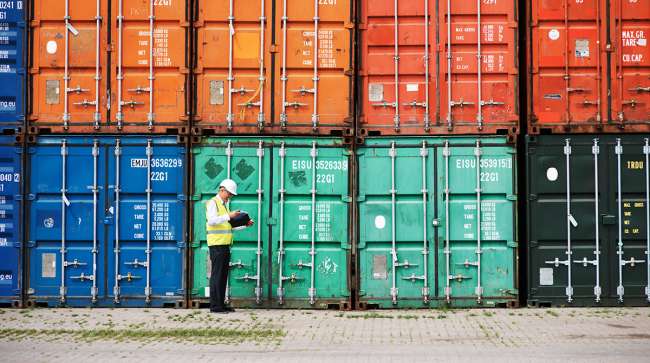Bloomberg News
World Events Redistribute Supply Chains

[Stay on top of transportation news: Get TTNews in your inbox.]
Trade disruptions from China’s lockdowns and the war in Ukraine are seen doing for Southeast Asia what the U.S.’s spat with Beijing couldn’t meaningfully do — redistribute supply chains.
“Much of the discussion around dependency on China has been linked to the U.S.-China rivalry,” according to a report by Hinrich Foundation. But the latest “disruptions have broadened the number of countries currently assessing the risks to their supplies.”
This time around, Japan and European Union members are looking to secure supply linkages without increasing cost, wrote Stewart Paterson, the report’s author and research fellow at the Asia-based foundation set up by U.S. entrepreneur Merle Hinrich to promote sustainable global trade.
The EU and Japan each account for about 12% of total direct investment flows into Southeast Asia for the last five years, compared to China’s 8% share, the report noted. With a per capita GDP of $4,500, the Association of Southeast Asian Nations — the 10-member bloc — is also a “far less costly source of labor than China,” Paterson wrote.
Another reason that sets apart the U.S.-led efforts earlier to reduce dependence on China from what’s happening now is the relation between the state and the companies, he said. Unlike in the U.S. where multinational corporations are “notoriously independent” from government-set agendas, the linkages run much deeper in the EU and Japan.
“The passing of Japan’s new Economic Security Law and the EU’s Global Gateway policy are the most recent manifestations of close government-corporate cooperation in industrial policy,” Paterson said.
Here are some more key points from the report:
Asean’s export performance between 2016 and 2020 has more or less matched that of China. The bloc’s exports grew 21% to $1.39 trillion during the period, while China’s grew 23% to $2.59 trillion.
The Asean bloc been enmeshed in the global trading system and has trade-to-GDP ratios well above the global average.
Currently, much of the growth in Asean trade has been with China itself. The bloc’s exports to China grew 51% between in the four years to 2020, while exports to the rest of the world grew by 16%.
Want more news? Listen to today's daily briefing below or go here for more info:




